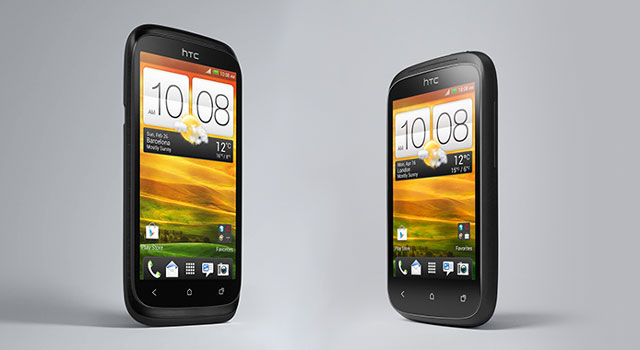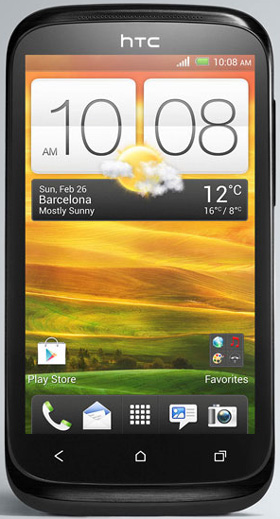
HTC’s new Desire handsets, the diminutive C and its bigger brother the X, are both excellent and affordable smartphones.
The Taiwanese company makes excellent devices. Its recent One X easily matches the (better selling) Samsung Galaxy S3, and in the early days of Android it made some of the finest devices to carry Google’s mobile operating system.
However, a break with its former South African distributor, Leaf, consumer uncertainty about the company’s support network, and a lack of aggressive marketing mean it faces an uphill battle in getting consumers to choose it over its rival across the East China Sea.
Both phones run the version of Android known as Ice Cream Sandwich. The Desire X runs Android 4.0.4 with version 4.1 of Sense, HTC’s Android overlay. The Desire C, meanwhile, runs Android 4.0.3 and Sense 4.0. The result is an almost indistinguishable user experience.
HTC Sense is, in our opinion, one of the better Android overlays because it isn’t intrusive and offers a small selection of welcome additions, including the ability to pin applications to a dock that appears on all home screens.
Both handsets have built-in Beats Audio enhancements, which is great if you have decent headphones to use with them, and both offer microSD slots that support cards up to 32GB. Each comes with a run-of-the-mill 5-megapixel camera and neither offers a secondary camera.
As we’ve come to expect from smartphones, whether high end or entry level, both the Desire X and C include assisted GPS and the ability to turn the handset into a Wi-Fi hotspot. The X even supports DLNA for streaming media to devices that support the protocol.
The larger of the pair, the X, has a 4-inch, 480×800-pixel screen, 4GB of internal storage, a dual-core 1GHz processor and 768MB of RAM. For a midrange device, this is pretty good and flipping through the home screens, digging in the menus, or launching applications are all handled with ease.

Like the Desire X, the C also includes 4GB of internal storage, but it scales back on all other fronts. Given that it’s almost half the price of the X, this isn’t surprising. The C offers a 3,5-inch, 320×480-pixel display and is powered by a 600MHz processor and 512MB of RAM. It’s perfectly in line with its peers in terms of hardware, but earns some extra credit for offering Ice Cream Sandwich rather than an older version of Android like so many entry-level devices do.
HTC hasn’t committed to upgrading either device’s operating system to the latest version, Jelly Bean, but given their target market this isn’t particularly troubling – most users won’t expect the upgrades anyway.
Our only serious complaints about the new Desire handsets are that their batteries are a little on the small side and their rear covers leave a great deal to be desired in terms of durability and design.
The Desire X has a 1 650mAh battery, which isn’t appalling given that its screen size isn’t excessively demanding. The entry-level C has a puny 1 250mAh unit.
Then there are the unfortunate design decisions HTC has made with the rear covers of both phones. The Desire X has an awful rear cover, pockmarked with dirt-collecting circular indentations that don’t feel great in hand. The C, meanwhile, has a lightly textured rear cover that is more pleasant to hold, but accumulates scratches and scuffs easily.
Despite these failings, there’s a great deal to like about HTC’s Desire range, especially their pricing. The Desire C retails for R2 199 and the Desire X for R3 999, both of which are competitive and impressive given the ability of the devices and the responsiveness of their multi-touch displays.
If you’re in the market for a handset that offers all of the core functionality of a smartphone without the hefty price tag of one of the top-end models, the Desire range will tick the necessary boxes.
But they’re nevertheless going to have a hard time finding a foothold in the South African smartphone market, which is less favourable to the Taiwanese manufacturer’s devices than it was in the earlier days of smartphones. — (c) 2012 NewsCentral Media



